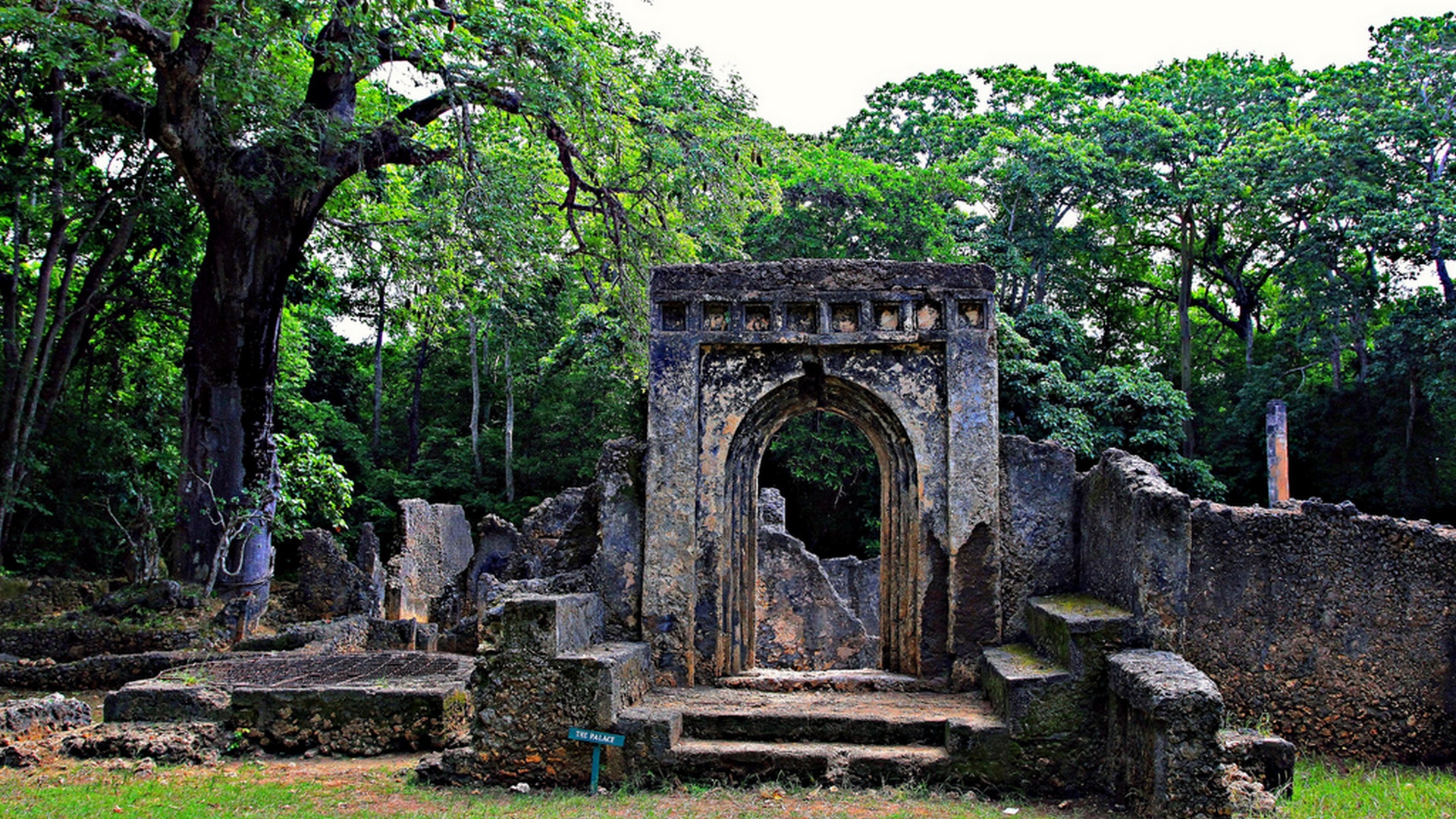Description
Property Name: Palace at Gedi
Inventory No: 254-123-1
Date of infill of the inventory form: 2008-02-19
Country (State party): Kenya
Province: Malindi
Town:
Geographic coordinates: 3° 16′ 32.77″ S
40° 2′ 22.54″ E
Historic Period:
Year of Construction: 15th century
Style: Swahili
Original Use: Fortress
Current Use: Archeological park
Architect: Unknown
Significance
The palace is constructed of red earth mixed with the coral rag and lime dug from its site. The rooms were originally covered by palm frond roofing and later replaced by a lime concerete roof. The palace is made up of multiple courts connected by series’ of rooms, all enclosed within a walled precinct. It is divided into two main sections, comprising the main quarters of the palace to the south and the slightly smaller annex, built later, to the north. The courts that cover two-thirds of the palace served as receiving spaces, and were sunken so as to allow for the enjoyment of longer cooling shadows.
Selection Criteria
vi. to be directly or tangibly associated with events or living traditions, with ideas, or with beliefs, with artistic and literary works of outstanding universal significance
State of Preservation
The ruins remained obscured until their subsequent rediscovery in the 1920s, when the site began to gain attention from the British East African government. Initial excavations at Gedi began in the late-1940s, and the site today remains one of the most intensely studied Swahili Coast settlements.
In 1948 excavations began at the town of Gedi in the supervision of James Kirkman, lasting until 1958 with intermittent excavations occurring from the 1960s to the 1980s, including the palace and several mosques and houses, and also cleared and repaired the walls. The palace was excavated in 1963.
In 1984 the site was declared a National Park.
Since the 1990s archaeological research at Gedi and other Swahili coastal settlements has intensified.
References
Michell, George. ed. 1978. Architecture of the Islamic World; Its History and Social Meaning. London: Thanes & Hudson.
Garlake, Peter S. 1966. The Early Islamic Architecture of the East African Coast. London: Oxford University Press.
Archnet website: http://archnet.org


